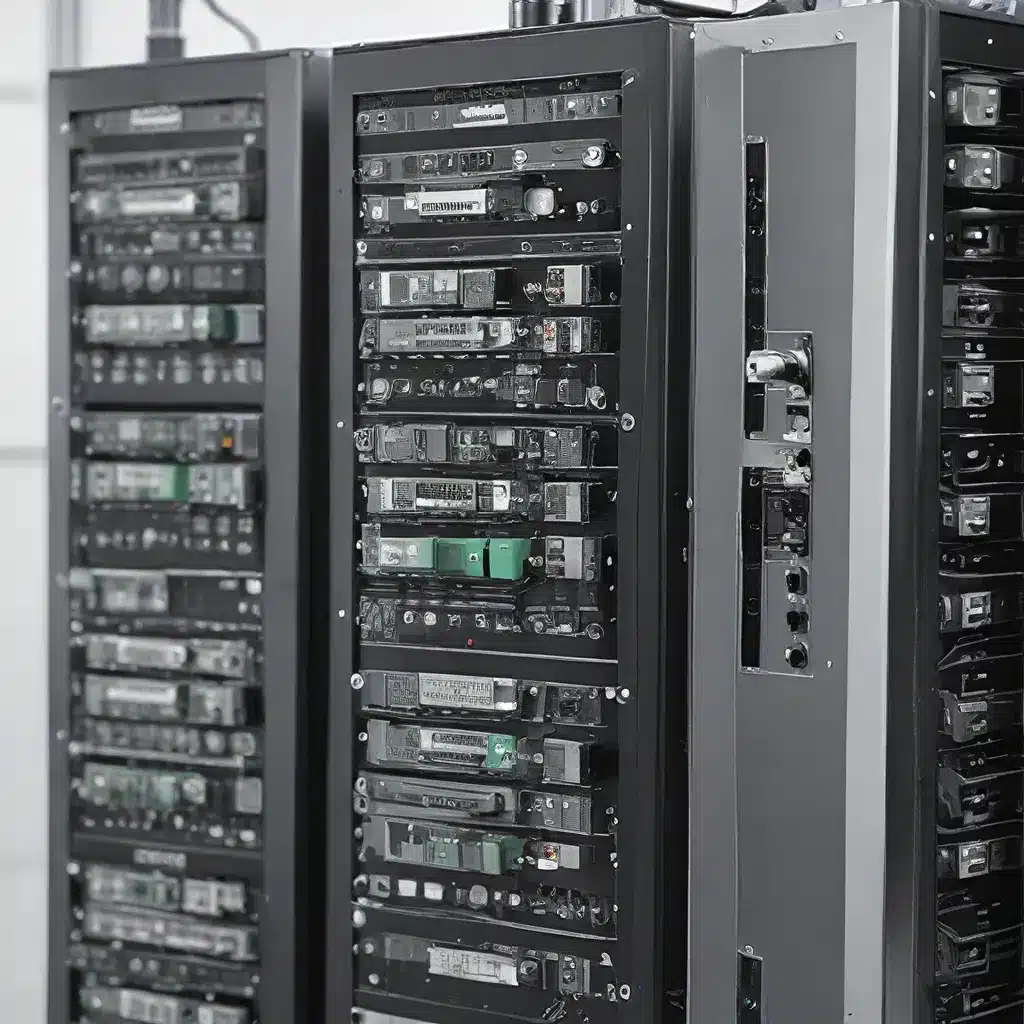
In the rapidly evolving landscape of sensor networks and the Internet of Things (IoT), the efficient management of energy resources has emerged as a critical challenge. As these technologies become more pervasive, the need to ensure reliable and sustainable operation has never been more pressing. One promising approach to address this challenge is the development of trustworthy energy management strategies within sensor clusters, which can significantly enhance the overall operational efficiency and resilience of these vital systems.
Cluster-Based Sensor Network Design: Optimizing for Energy Efficiency
Wireless Sensor Networks (WSNs) are a fundamental enabler of IoT, providing the essential data-gathering capabilities that power a vast array of applications, from environmental monitoring to industrial automation. At the heart of these networks lies the need for energy-efficient operations, as sensor nodes often rely on limited battery power or energy harvesting to function.
One effective strategy for improving energy efficiency in WSNs is the cluster-based architecture. In this approach, the network is divided into smaller, self-organized groups of sensor nodes, known as clusters. Each cluster is managed by a designated Cluster Head (CH) node, responsible for aggregating and relaying data from the cluster members to the central network.
Research has shown that this cluster-based topology can significantly reduce energy consumption and extend the overall network lifetime. By localizing communication within clusters, the energy-intensive task of long-range data transmission is minimized, and the burden on individual nodes is distributed more evenly.
Enhancing Trust and Efficiency Through Intra-Cluster Management
While the cluster-based architecture provides a foundation for improved energy efficiency, the trustworthiness of the network is another critical consideration. In sensor networks, the issue of trust is particularly relevant, as sensor nodes may be vulnerable to malicious attacks or failures, which can compromise the integrity of the data and the overall network performance.
To address this challenge, researchers have proposed intra-cluster management schemes based on trust-aware approaches. One such scheme involves a multi-phased process that includes:
- Network Area Segregation: The sensor network is divided into distinct geographical regions, facilitating the formation of clusters.
- Cluster Building: Sensor nodes within each region are grouped into clusters, and a CH node is selected based on factors such as residual energy, centrality, and trust level.
- Trust Computation and Node State Control: The CH node is responsible for calculating the trust level of each cluster member and managing their operational states (active, sleep, or hibernate) to optimize energy consumption.
- Routing: The CH node oversees the routing of data within the cluster, ensuring efficient and secure data transmission.
This trust-based intra-cluster management approach not only enhances the energy efficiency of the sensor network but also strengthens its resilience against potential threats. By continuously monitoring and adjusting the trust levels of individual nodes, the CH can identify and isolate malicious or unreliable nodes, ensuring the overall trustworthiness of the network.
Experimental Validation and Performance Insights
To validate the effectiveness of this trust-based intra-cluster management scheme, researchers have conducted extensive experiments and simulations. The results have been highly promising, demonstrating significant improvements in network lifetime and energy efficiency compared to traditional cluster-based approaches.
According to the research findings, the proposed scheme is able to extend the network lifetime by effectively managing the energy consumption of sensor nodes. The trust-based node state control ensures that nodes with higher trust levels are prioritized for active operation, while lower-trust nodes are placed in sleep or hibernate modes to conserve energy.
Furthermore, the secure routing facilitated by the trust-based approach helps to mitigate the impact of packet drops and network disruptions, further enhancing the overall reliability and operational efficiency of the sensor network.
Navigating the Challenges of IoT and Sensor Network Security
As sensor networks and IoT systems become increasingly ubiquitous, the security of these systems has emerged as a critical concern. Sensor nodes, often deployed in remote or unattended environments, are vulnerable to a wide range of cyber threats, including data manipulation, node compromise, and denial-of-service attacks.
To address these security challenges, researchers have explored various topology control and network obfuscation strategies. By carefully designing the network topology and masking its underlying structure, these approaches can enhance the resilience of sensor networks against malicious actors and unauthorized access.
One such strategy is the use of Software-Defined Networking (SDN) in WSNs, which allows for dynamic and programmable control over the network topology. This flexibility can enable the implementation of advanced security measures, such as traffic monitoring, anomaly detection, and real-time response to threats.
Towards a Sustainable and Trustworthy Future for Sensor Networks
As the Internet of Things continues to evolve and expand, the importance of energy-efficient and secure sensor networks cannot be overstated. The cluster-based architecture, combined with trust-aware management strategies, represents a promising approach to address these critical challenges.
By optimizing energy consumption and enhancing the trustworthiness of sensor networks, researchers and practitioners can pave the way for a more sustainable and resilient future for IoT applications. This, in turn, will unlock new possibilities for innovative solutions in fields ranging from smart cities and industrial automation to environmental monitoring and public safety.
As the sensor network and IoT ecosystem continues to grow, the need for holistic and trustworthy energy management strategies will only become more pronounced. By staying at the forefront of these developments, professionals and enthusiasts alike can contribute to the shaping of a connected world that is both efficient and secure.